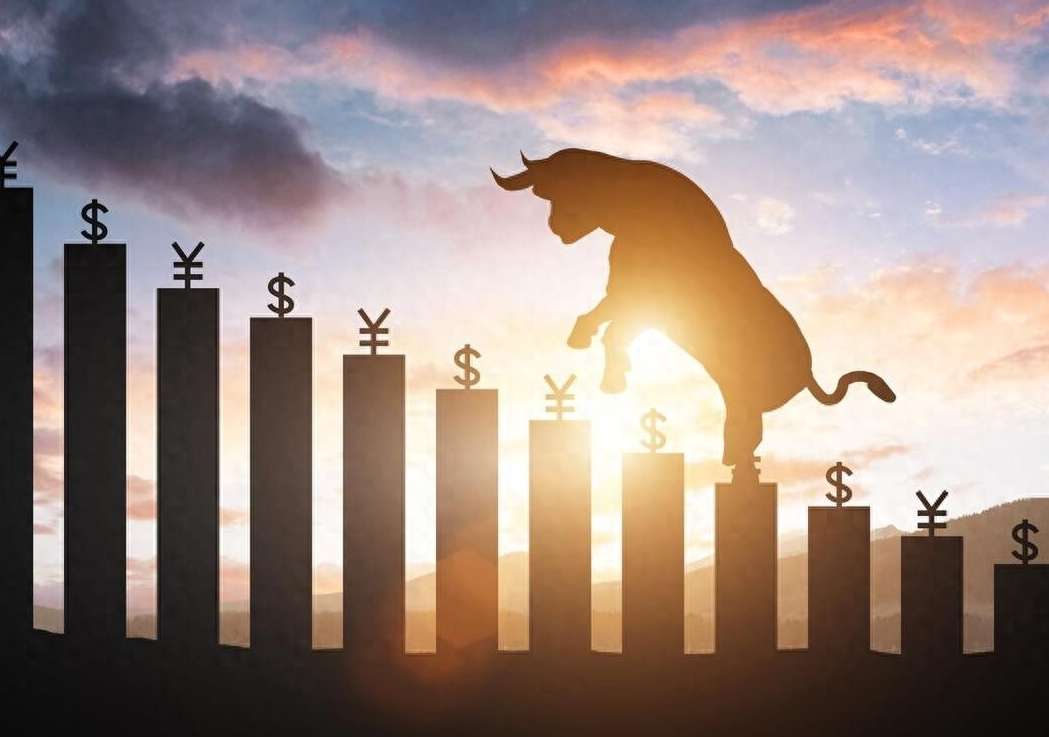The Logic Behind This Bull Market!
Advertisements
In recent developments, it seems we may finally be on the brink of a new market upturn, or what many are identifying as a bull market. Notably, both the Hong Kong Stock Exchange (HKEX) and the A-share market showcased remarkable performances today, marking a significant gain that has invigorated investors. Tech giant Alibaba, listed on the HKEX, surged by over 12% in the morning, bringing its year-to-date increase to a staggering 65%. This ignites speculation that it may soon reach a doubling point. In parallel, the A-share indices saw impressive hikes, with the Shenzhen Component Index and the ChiNext Index contributing to the robust upward momentum. The three major telecommunications operators all saw their share prices skyrocket, with China Telecom reaching a historic high and China Unicom also hitting the ceiling price limits.
The narrative surrounding this emerging bull market appears to be crystallizing. It is characterized largely by a reevaluation of Chinese technology stocks, spurred by innovation and investment pushed forward by technological advances such as DeepSeek, which has ignited a valuation reassessment in the tech sector. Many observers are beginning to understand that we may be on the cusp of a monumental industrial revolution. The era of artificial intelligence is dawning upon us, promising to yield unexpected advancements and innovations in civilization.
From a strategic standpoint, China is positioning itself to take a significant role in this revolution, potentially rivaling its American counterparts. This newfound confidence stems from a strengthened performance in Chinese tech stocks and a renewed value in Chinese assets.
While the role of DeepSeek is noteworthy, it's crucial to acknowledge that the current bull market has its underlying factors driving this growth. The first of these is the anticipation of a fresh wave of liquidity easing. Although the Loan Prime Rate (LPR) has remained stable recently, the overarching theme of a “moderately loose” monetary policy has been established for this year. Core macroeconomic theory suggests that when monetary policy is eased, it typically injects liquidity into the market through mechanisms such as lowering interest rates and enhancing the money supply. In the current economic climate, it is expected that the central bank could utilize tools like reserve requirement cuts and interest rate reductions to elevate market liquidity, thereby reducing the financing costs for both businesses and consumers.

A decrease in interest rates and enhanced liquidity could lead to a decrease in the risk-free rate, significantly influencing stock valuations. According to cash flow discounting models, the value of a stock corresponds to the present value of future cash flows. When risk-free rates drop, the discount rate decreases, resulting in heightened stock valuations. For example, if the risk-free rate were to fall from 4% to 3%, we could expect stock valuations to increase by about 20%. Such a scenario would likely attract more investors to the stock market, propelling share prices higher.
Moreover, the implementation of a proactive fiscal policy, coupled with decreasing base interest rates, is anticipated to lower overall financing costs within the economy and spur a quicker rebound. From a fiscal policy standpoint, the government seems poised to increase investments in infrastructure, decrease taxes, and utilize other incentives to stimulate economic growth. Investments in cutting-edge infrastructure like 5G base stations and data centers not only promise to enhance industrial development but also serve as a cornerstone for the digital transformation of the economy.
The resurgence of the economy has a direct correlation with the profit growth of publicly traded companies. As the economy revives, corporate sales and profits are likely to rise—in particular for those firms with a competitive edge in the market, which may gain greater market shares and report rapid profit growth. For instance, companies engaged in the premium consumer goods sector may see their sales figures and profitability surge dramatically as consumer preferences evolve.
The growth in profits for publicly traded companies enhances their attractiveness for investment, consequently bringing in more capital and driving the stock market further towards a bull run. The Hong Kong market has already entered what is known as a technical bull market, with numerous stocks hitting new highs not seen in recent years. The vivacity of the HKEX serves as a significant model for the A-share market. The diversity of the investor base in Hong Kong—which includes both international and mainland Chinese investors—reflects a growing confidence among international stakeholders in Chinese assets, expected to enhance foreign capital influx into the A-share market.
From a market interconnectedness perspective, there exists a mutual flow of funds and valuation dynamics between the HKEX and A-share markets. An upsurge in the Hong Kong market often results in an influx of domestic capital into HKEX through avenues such as the Stock Connect program. This, in turn, heightens investor confidence in the A-share market, driving further increases there as well.
It is essential to recognize that the observations and insights provided here should not be interpreted as investment advice. As with any financial engagement, careful consideration and research are vital to navigating the complexities of investing in the stock market. Thus, while the current scene hints at budding promise and potential, it remains imperative for investors to proceed with caution, backed by informed decision-making and realistic expectations.